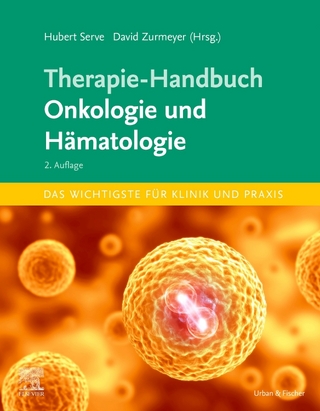The Aetiology of Deep Venous Thrombosis
A Critical, Historical and Epistemological Survey
Seiten
2008
|
2008 ed.
Springer-Verlag New York Inc.
978-1-4020-6649-8 (ISBN)
Springer-Verlag New York Inc.
978-1-4020-6649-8 (ISBN)
What we now call ‘deep venous thrombosis’ (DVT) has been studied in diverse ways during the last 200–300 years. Each of these approaches contributes to a full modern understanding of aetiology. Therefore, much of this book is a historical survey of the field. However, our remit is broader than the title might suggest: the evolution of ideas about DVT is typical in many ways of medical biology as a whole. Thus, although the aetiology of DVT may seem a narrow topic for a monograph – it implicitly excludes arterial thrombosis and marginalises prophylaxis, therapy, and even such clinically significant sequelae as pulmonary embolism – we hope to engage the reader in a much more general inquiry. Our historical investigation reveals a 160-year-old schism between two contrasting philosophies of medical and biological research, a schism that is particularly – but by no means uniquely – relevant to the study of DVT. In principle, these philosophies should be complementary rather than competing. So while we wish to elucidate the aetiology of DVT per se, we are also concerned with a more abstract and wide-ranging issue: the future accommodation or rapprochement between two conceptual and methodological traditions.
to the Study of Deep Venous Thrombosis.- The Coagulation Cascade and the Consensus Model of DVT.- Hypercoagulability.- Historical Roots.- Coagulation and its Disorders: A History of Haematological Research.- Virchow and the Pathophysiological Tradition in the 19th Century.- The Pathophysiological Tradition after Virchow.- Interrupted Circulation: The ‘Stasis’ Hypothesis and the Significance of Venous Valves.- Underperfusion of Valve Pockets and the Initiation of DVT.- The Role of Endothelial Hypoxia in DVT.- The Valve Cusp Hypoxia Hypothesis.- Molecular Changes in the Hypoxic Endothelium.- Cadaver Clots or Agonal Thrombi?.
| Erscheint lt. Verlag | 24.1.2008 |
|---|---|
| Zusatzinfo | XXI, 318 p. |
| Verlagsort | New York, NY |
| Sprache | englisch |
| Maße | 155 x 235 mm |
| Themenwelt | Medizinische Fachgebiete ► Innere Medizin ► Hämatologie |
| Medizinische Fachgebiete ► Innere Medizin ► Kardiologie / Angiologie | |
| Studium ► 2. Studienabschnitt (Klinik) ► Pathologie | |
| Studium ► Querschnittsbereiche ► Geschichte / Ethik der Medizin | |
| ISBN-10 | 1-4020-6649-X / 140206649X |
| ISBN-13 | 978-1-4020-6649-8 / 9781402066498 |
| Zustand | Neuware |
| Haben Sie eine Frage zum Produkt? |
Mehr entdecken
aus dem Bereich
aus dem Bereich
Hämatologie und Internistische Onkologie
Buch | Softcover (2023)
ecomed-Storck GmbH (Verlag)
129,99 €
Buch | Softcover (2024)
Urban & Fischer in Elsevier (Verlag)
54,00 €




